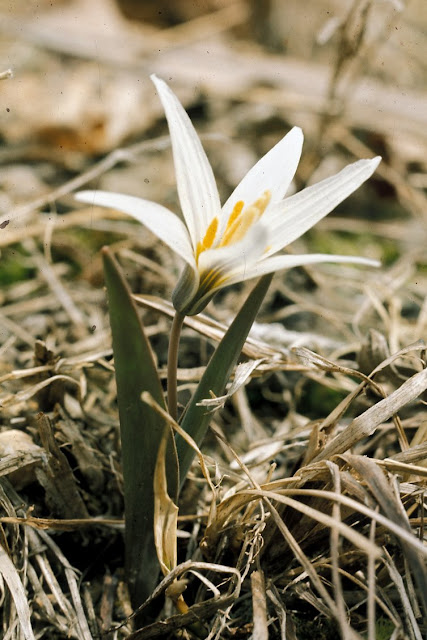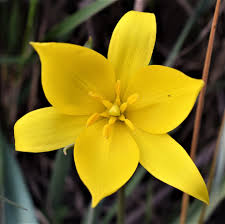I-
The Liliaceae are characterised as monocotyledonous, perennial, herbaceous, bulbous (or rhizomatous )[8] flowering plants with simple trichomes (root hairs) and contractile roots.[9] The flowers may be arranged (inflorescence) along the stem, developing from the base, or as a single flower at the tip of the stem, or as a cluster of flowers. They contain both male (androecium) and female (gynoecium) characteristics and are symmetric radially, but sometimes as a mirror image. Most flowers are large and colourful, except for Medeoleae. Both the petals and sepals are usually similar and appear as two concentric groups (whorls) of 'petals', that are often striped or multi-coloured, and produce nectar at their bases. The stamens are usually in two groups of three (trimerous) . The ovary is placed above the attachment of the other parts (superior).
II-CALCORTHUS NUTTALLII PERIANTO WITH NARROW OUTER SEGMENTS
III-CAMASSIA SCILLOIDES ANTHER INTRORSE PERIANTH EQUAL SEGMENTS
1V- CLINTONIA ANTHER BASIFIXE VERSATILE
1- CLINTONIA BOREALIS
CLINTONIA UMBELLATA
V-ERYTHRONIUM
1-ERYTHRONIUM ALBIDUM
2-- ERYTHRONIUM AMERICANUM
3-ERYTHRONIUM MESOCHOERUM
3- ERYTHRONIUM PROPULLANS
V-FRITILLARIA
1- FRITLLARIA ATROPURPUREA
VI-LILIUM
1- LILIUM CATESBAEI
2-LILIUM GRAYI
3-LILIUM PHILADELPHICUM
4- LILIUM SUPERBUM
5- LILIUM TIGRINUM
6- LILIUM CANADENSE FLOWER COULD BE DIFFERENT COLORS
7- LILIUM MICHAUXII
VII- MEDEOLA VIRGINIANA
VII- PROSARTES
1- PROSARTES LANUGINOSA
2-PROSARTES TRACHYCARPA
VII- STREPTOPUS
1-STREPTOPUS AMPLEXIFOLIUS
2-STREPTOPUS LANCEOLATUS
VIII- TULIPA SYLVESTRIS
















































No hay comentarios.:
Publicar un comentario